THE ANCIENT THULE PEOPLE
Arctic Watch
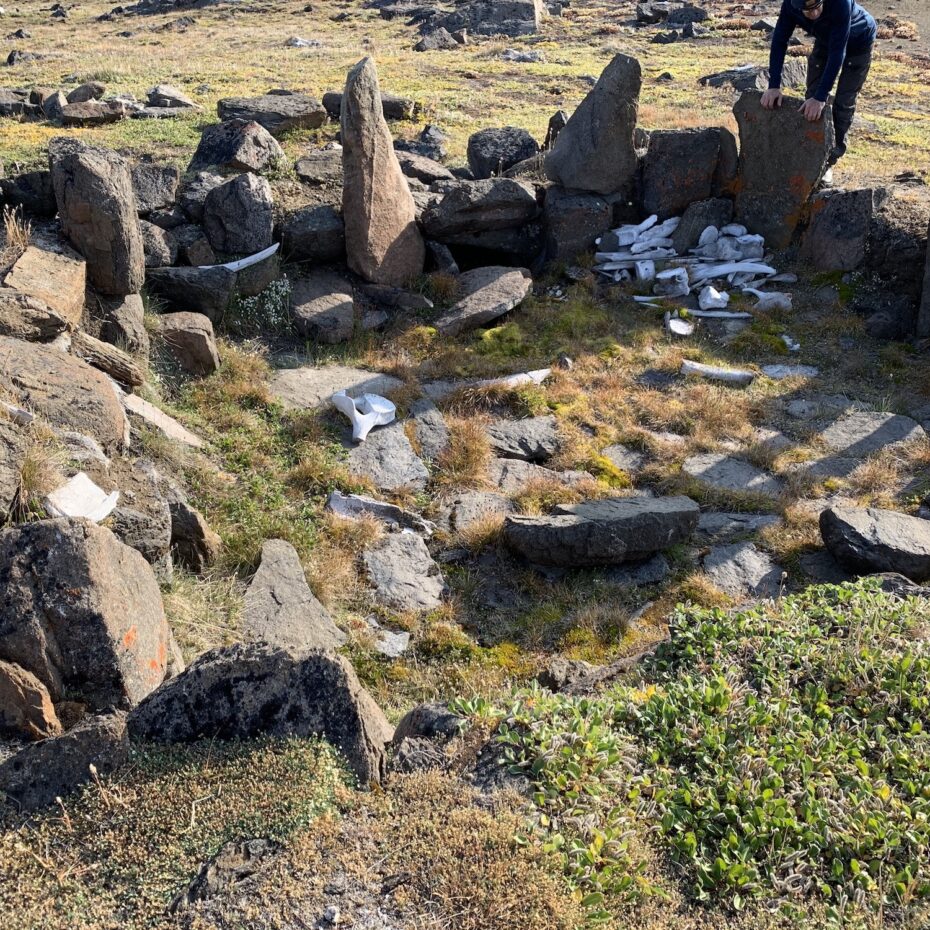
Arctic Watch
March 05, 2021 | Arctic Watch Wilderness Lodge, Somerset Island, Nunavut
The Thule people, ancestors to the modern day Inuit, lived a nomadic existence across the Arctic - from Alaska to Greenland stretching more than 1000 years. This incredibly ingenious culture thrived on the very island where Arctic Watch Wilderness Lodge is located.
Arctic Watch Wilderness Lodge is located on Somerset Island in the Canadian high Arctic. At nearly 25,000 square kilometres, Somerset island is home to no permanent human settlement and remains completely wild.
The island's coastal regions were inhabited by the Thule people 500 - 1000 years ago. A culture that originated from northern Alaska in roughly 900AD (thought to have traversed the Bering land bridge prior), the Thule people travelled east reaching Greenland by 1200 - 1400 AD. Modern day Inuit are the direct descendants of the Thule People. It is thought that the Thule people came into contact with Vikings in Baffin Bay as per the european wool discovered in archeological sites.
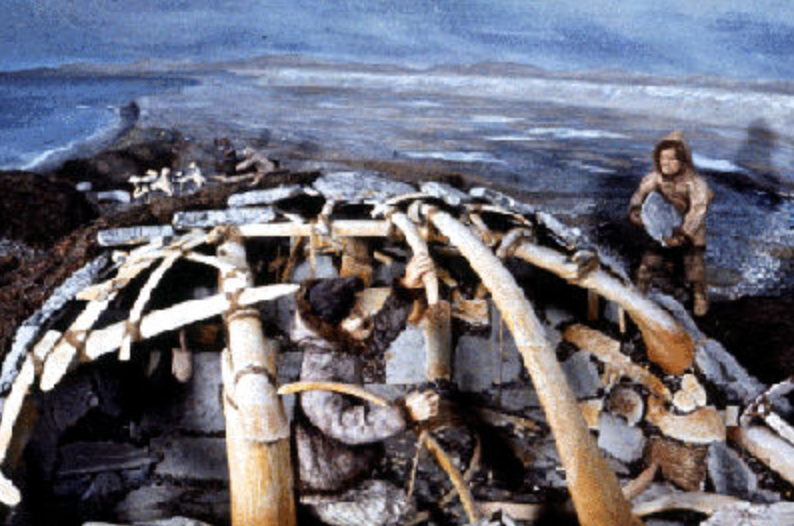
A culture that lasted roughly 700 years (900 AD - 1600 AD), Thule people lived in small semi-subterranean winter houses. These houses consisted of a stone base or wall (two to three feet high), with a (whale) bone and fur "tent-like" structure stretched over top. Their homes were built for surviving extended periods of time in winter darkness. The entrance was a narrow underground passage rising into the structure and onto the communal floor area (great cold air trap). Floors were generally lined with stones, sod (where possible) and furs with a raised sleeping area. While summer living was more nomadic, Thule sites are generally situated on coastal areas with panoramic views of the ocean (easier to see whales for hunting).
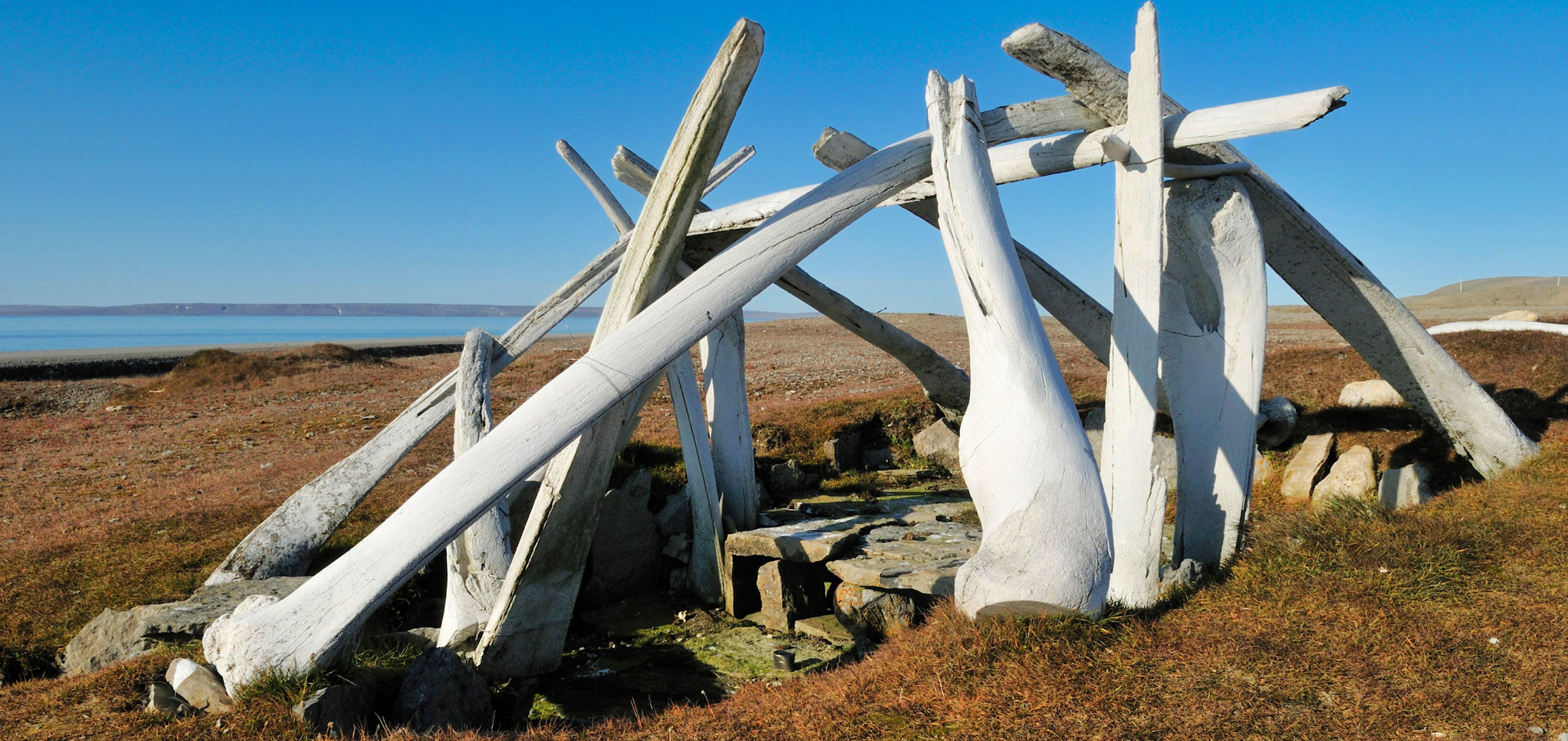
Thule sites generally comprised of several families (anywhere from 3 to 5 (as many as 25) houses connected by tunnels).
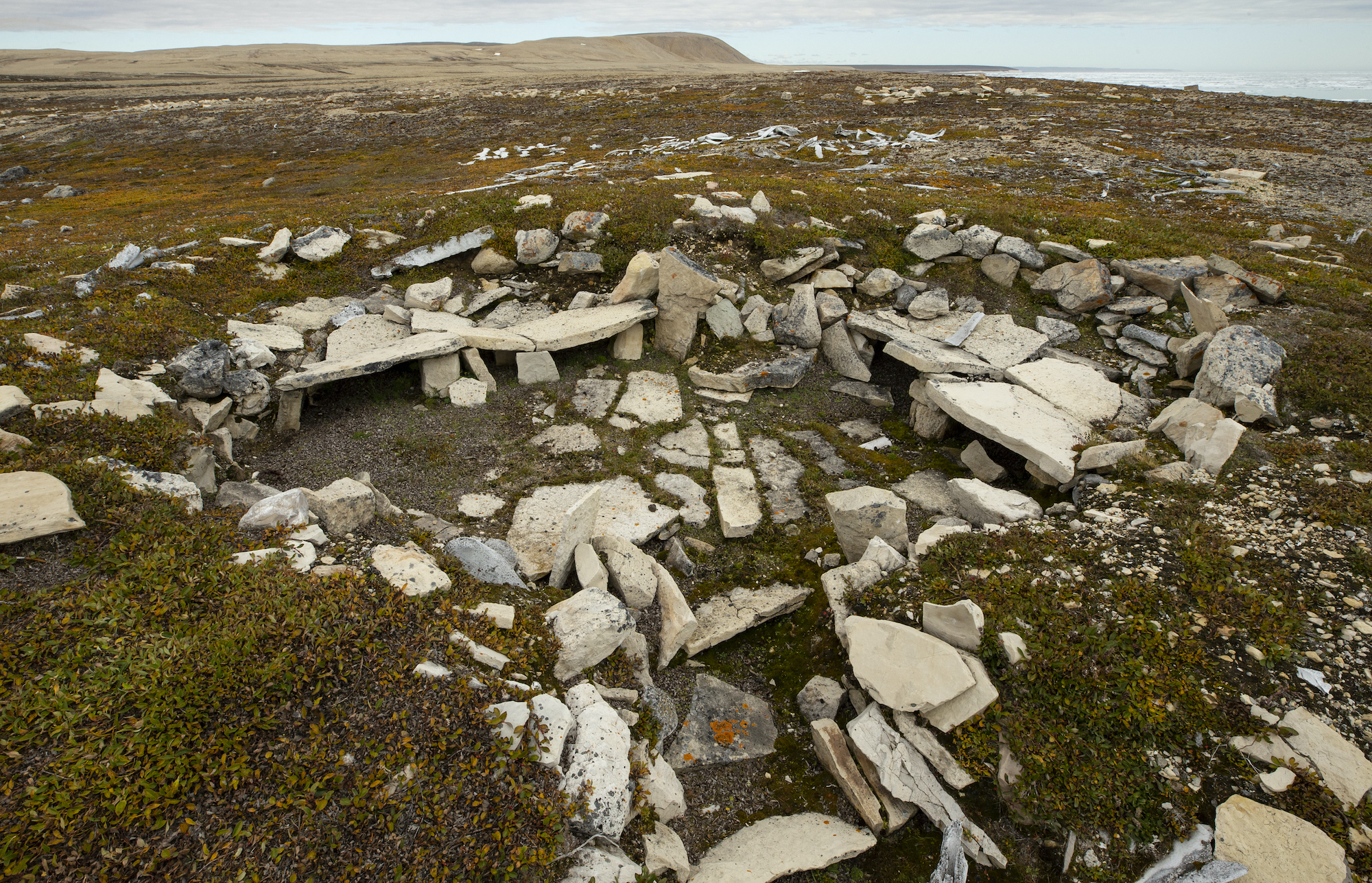
Thule people were a marine culture that thrived primarily from whaling - beluga, bowhead and narwhal. Technologies such as bow hunting (critical in summer), dogsleds, kayaks and large open boats called umiaks are thought to have enabled the culture to flourish across the Canadian Arctic. While their methods were primarily stone-aged, traded metal from regions such as Alaska, the Coppermine and Greenland (possible viking contact) allowed the Thule people to create metal implements. Small amounts of native copper in the Canadian Arctic also aided the Thule.
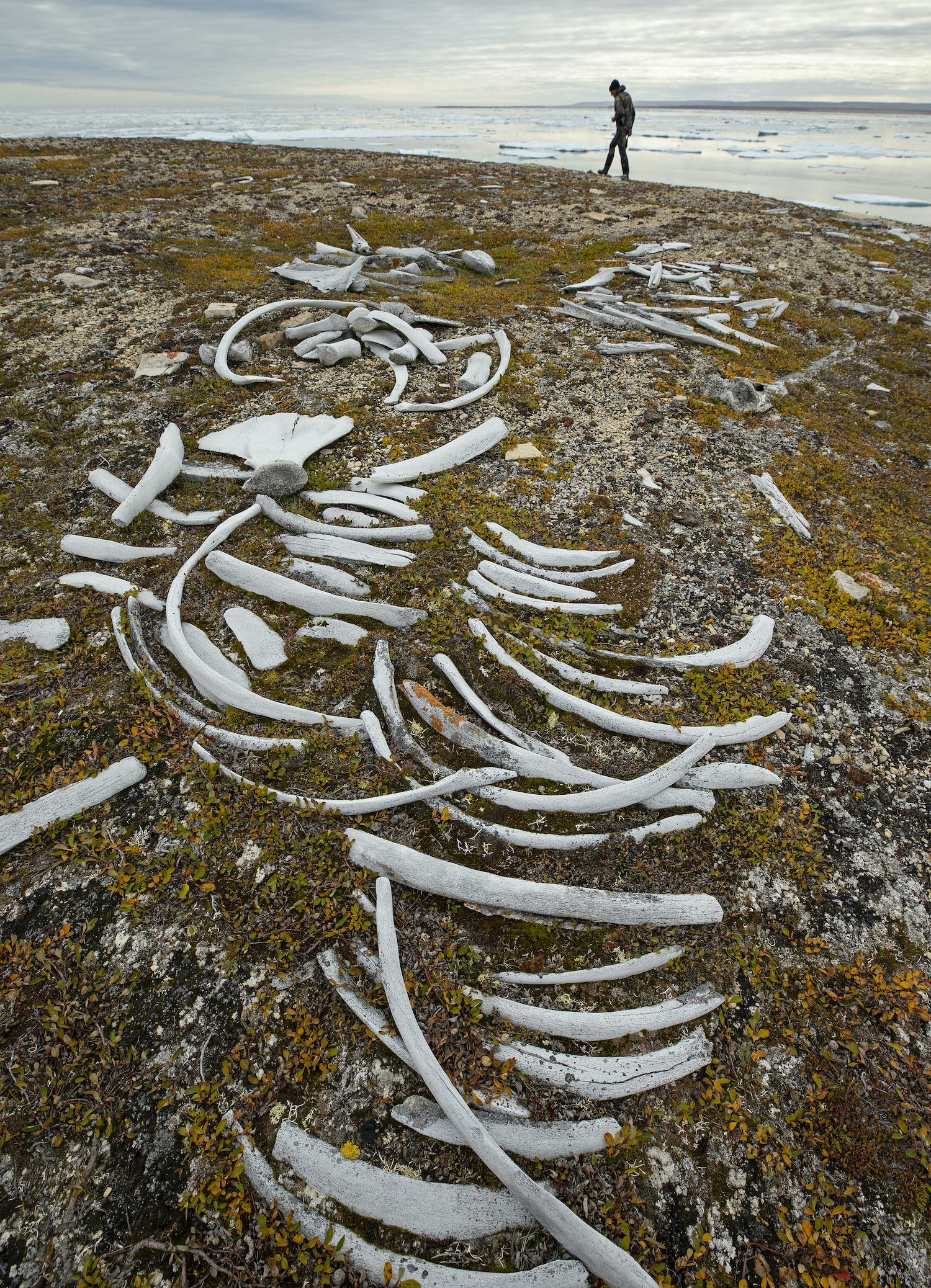
The ability to hunt large whales like bowhead provided a food supply that supported multi-family groups. There are sites on Somerset Island with five to ten houses. Other wildlife was hunted as we see bones from bears, seals and walrus in and around the houses but it was the bowhead, a huge whale that reach can reach 60 ft (18.3 m) and weigh more than 120,000 pounds (54,500 kg) that supplied the bulk of the food and formed the basis of the culture.
Climate change in the 1400s causing a "mini ice-age" to take hold for approximately 200 years. Colder temperatures drove whales south, they no longer came to the High Artic. This forced the Thule people to abandon whaling and they adapted to hunting smaller game such as seals, caribou, muskoxen and fishing for arctic char. Bigger multi-family groups dispersed into smaller individual family groups. By the 1600s, it is thought the Thule had abandoned their High Arctic settlements in favour of more southern locations and new food sources. The whaling culture was abandoned and the the Inuit culture was born.
While numerous houses were later used by 18th, 19th and 20th century nomadic Inuit, many are intact and remain un-excavated. They are a true insight into a now forgotten way of life!
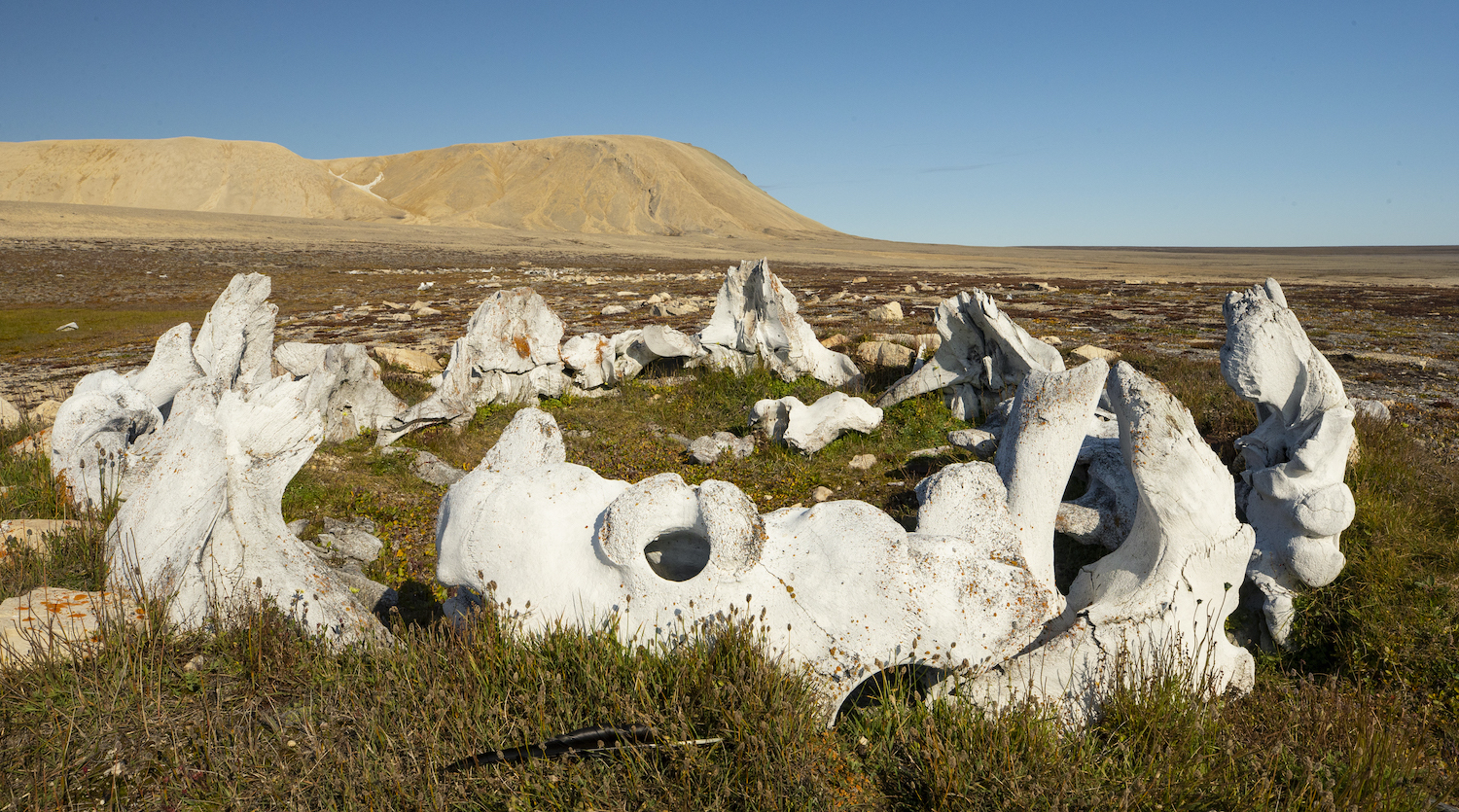
See Thule sites at Arctic Watch on the Arctic Watch Discovery Experience & Ultimate Canadian Arctic Expedition.
We understand that booking a trip like this is a big endeavour. Please reach out to us with any questions that you might have regarding your upcoming adventure.